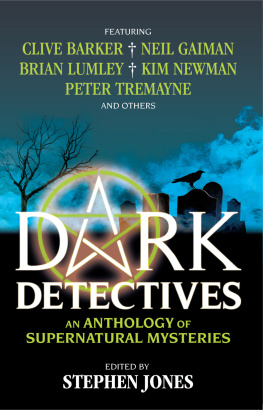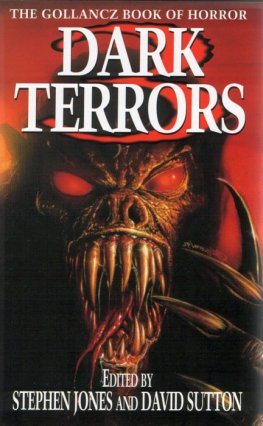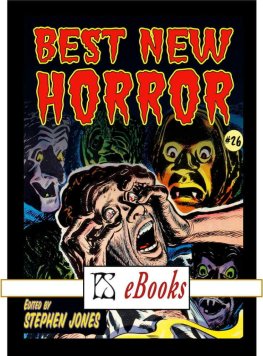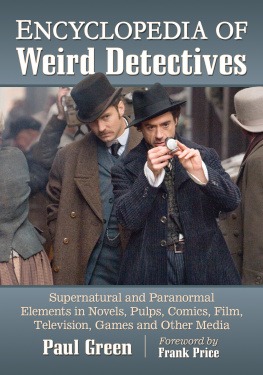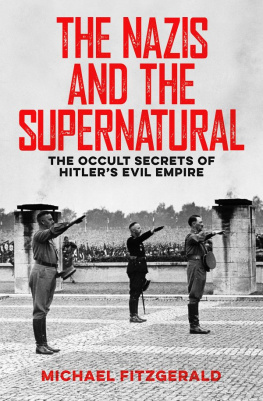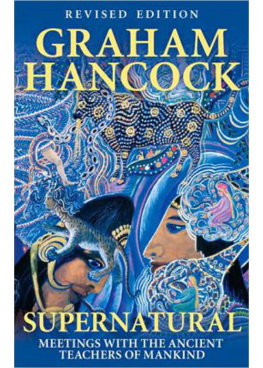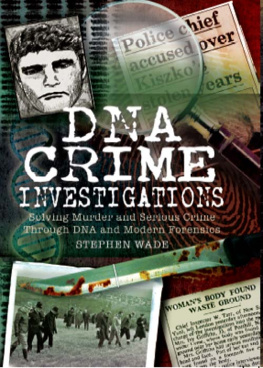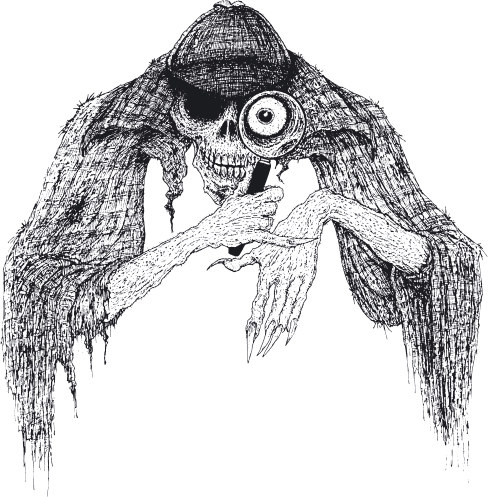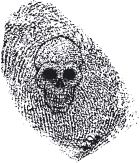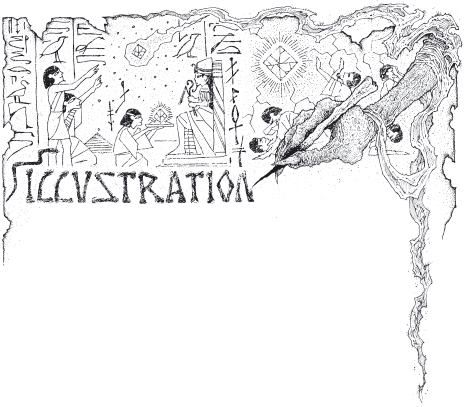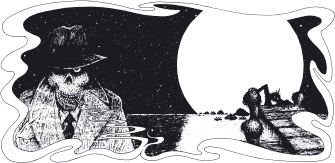TABLE OF CONTENTS
Introduction
THE SERIAL SLEUTHS
by Stephen Jones
SEVEN STARS PROLOGUE: IN EGYPTS LAND
by Kim Newman
Sister Fidelma
OUR LADY OF DEATH
by Peter Tremayne
Charles Beauregard
SEVEN STARS EPISODE ONE: THE MUMMYS HEART
by Kim Newman
Carnacki
THE HORSE OF THE INVISIBLE
by William Hope Hodgson
Edwin Winthrop and Catriona Kaye
SEVEN STARS EPISODE TWO: THE MAGICIAN AND THE MATINEE IDOL
by Kim Newman
Solar Pons and Dr. Lyndon Parker
THE ADVENTURE OF THE CRAWLING HORROR
by Basil Copper
The Gumshoe
SEVEN STARS EPISODE THREE: THE TROUBLE WITH BARRYMORE
by Kim Newman
John Thunstone
ROUSE HIM NOT
by Manly Wade Wellman
Titus Crow
DE MARIGNYS CLOCK
by Brian Lumley
Richard Jeperson
SEVEN STARS EPISODE FOUR: THE BIAFRAN BANK MANAGER
by Kim Newman
Francis St. Clare and Frederica Masters
SOMEONE IS DEAD
by R. Chetwynd-Hayes
Reuben Calloway and Roderick Shea
VULTURES GATHER
by Brian Mooney
Harry DAmour
LOST SOULS
by Clive Barker
Sally Rhodes
SEVEN STARS EPISODE FIVE: MIMSY
by Kim Newman
Marty Burns
THE MAN WHO SHOT THE MAN WHO SHOT THE MAN WHO SHOT LIBERTY VALENCE
by Jay Russell
Jerome Rhodes
SEVEN STARS EPISODE SIX: THE DOG STORY
by Kim Newman
Lawrence Talbot
BAY WOLF
by Neil Gaiman
Genevive Dieudonn
SEVEN STARS EPISODE SEVEN: THE DUEL OF SEVEN STARS
by Kim Newman
PRAISE FOR DARK DETECTIVES
Dark Detectives: Adventures of the Supernatural Sleuths edited by the redoubtable and apparently tireless Stephen Jones, skillfully offers us a particularly fine sampling of this sort of thing in the form of a kind of two-pronged attack which combines a first-rate anthology of short stories featuring the fearless activities of some of the most heroic and renowned psychic sleuths who ever encountered and dispatched the most horrid (it is impossible to avoid superlatives and still keep the appropriate mood when ones discussing this fictional arena) supernatural menaces ever faced, and what amounts to a brand-new book by that dashing master of perilous pastiche, Kim Newman.
Gahan Wilson , REALMS OF FANTASY
Dark Detectives is more than a themed collection with a spot-on non-fiction piece to kick off with. It is a mixture of reprints and original stories, and they have been arranged (more or less) chronologically The whole point of Dark Detectives is homage. And Stephen Jones has managed to get the balance right.
INTERZONE
The stellar collection includes contributions from Neil Gaiman, William Hope Hodgson, Basil Copper and Clive Barker, as well as a riveting eight-part novella created by Kim Newman especially for this volume.
PUBLISHERS WEEKLY
Once again, master-editor Stephen Jones uses his phenomenal knowledge of the field and inventive intelligence to select classics both old and new In addition to the fine content, Randy Broeckers perfectly atmospheric interior illustrations make this publication bliss for any book-lover.
HORRORONLINE
Also edited by Stephen Jones and available from Titan Books
SHADOWS OVER INNSMOUTH
WEIRD SHADOWS OVER INNSMOUTH
WEIRDER SHADOWS OVER INNSMOUTH

For
MR. MYCROFT AND MR. MORAN
who published my kind of detective fiction.
Introduction
THE SERIAL SLEUTHS
PSYCHIC DETECTIVES. PHANTOM Fighters. Ghostbusters. Call them what you will; for more than 170 years these fictional sleuths have been investigating the strange, the bizarre and the horrific while protecting the world from the forces of darkness and evil.
It is generally accepted that the modern detective story began with Edgar Allan Poes The Murders in the Rue Morgue (1841), in which the author introduced French detective C. Auguste Dupin, who solves a grotesque murder through logical deduction. Poe returned to the character twice more, in The Mystery of Marie Rogt (1842) and The Purloined Letter (1844).
Michael Harrison continued the characters exploits in a series of seven stories in Ellery Queens Mystery Magazine in the 1960s. These were eventually collected by August Derleth through his Mycroft & Moran imprint as The Exploits of Chavalier Dupin (1968). An expanded edition that included a further five tales appeared in Britain as Murder in the Rue Royale in 1972.
George Egon Hatvary used Dupin to investigate the death of his creator in the 1997 novel The Murder of Edgar Allan Poe, while a search for the detective himself was the basis of Matthew Pearls The Poe Shadow (2006).
The character was also featured in the first two issues of Alan Moores acclaimed comic book series The League of Extraordinary Gentlemen (1999). In 2013 he was revived by author Reggie Oliver to track down a serial killer at the Paris Exhibition in The Green Hour (in Psycho-Mania!), and such contributors as Mike Carey, Joe R. Lansdale, Lisa Tuttle and Stephen Volk for the anthology Beyond Rue Morgue: Further Tales of Edgar Allan Poes 1st Detective, edited by Paul Kane and Charles Prepolec.
Although there is no cast known for the 1914 short film version of Murders in the Rue Morgue, and the character does not appear in the 1932, 1954 or 1971 adaptations, George C. Scott played the wily detective in a 1986 TV movie. Edward Woodward portrayed Dupin in a 1968 BBC version of the story, as did Daniel Glin in a 1973 French TV adaptation.
In the early 1940s, Universal Pictures may have briefly considered a series of films featuring Patric Knowles as detective Dr. Paul Dupin, but only The Mystery of Marie Roget (aka Phantom of Paris, 1942) was ever made. Joseph Cotten starred as a character named Dupin, but turned out to be someone else entirely, in the 1951 movie The Man with a Cloak, based on a story by John Dickson Carr.
It was C. Auguste Dupins analytical mind that most influenced Arthur Conan Doyle when he created Sherlock Holmes for A Study in Scarlet, first published in Beetons Christmas Annual of 1887. However, when Dr. John Watson compares Holmes to Dupin in that debut story, the Great Detective flatly dismisses Poes character as a very inferior fellow.
Within four years the Holmes stories had become incredibly popular as a result of their serialisation in The Strand magazine, and the eccentric consulting detective and his loyal friend and colleague Dr. Watson not only had brushes with the supernatural in the classic novel The Hound of the Baskervilles (19011902) and such later stories as The Adventure of the Creeping Man (1923) and The Adventure of the Sussex Vampire (1924), but Doyle also created a celebrated formula from which most subsequent psychic sleuths (and their assistants) would be moulded.

